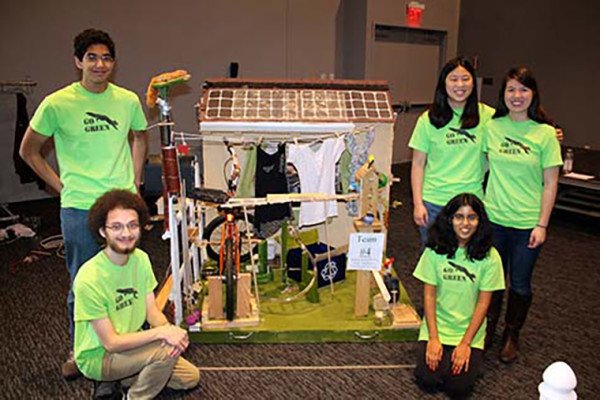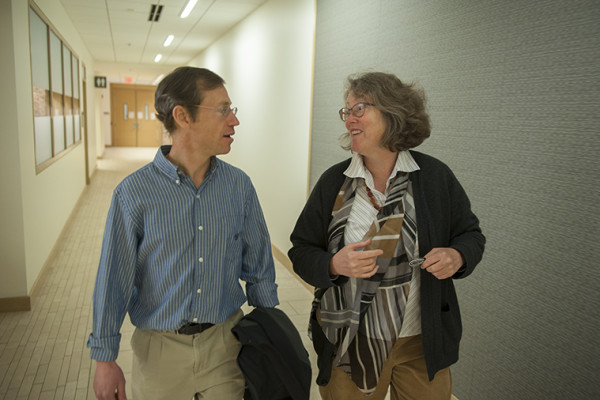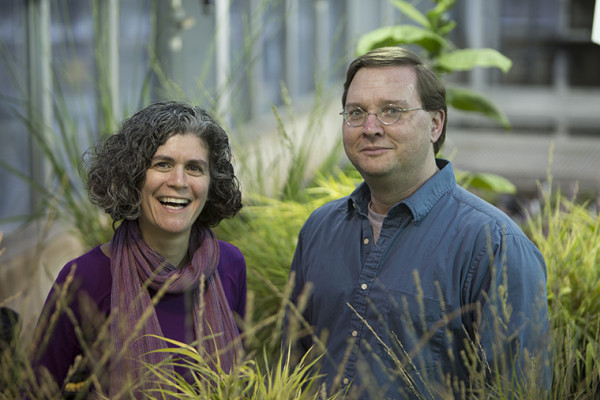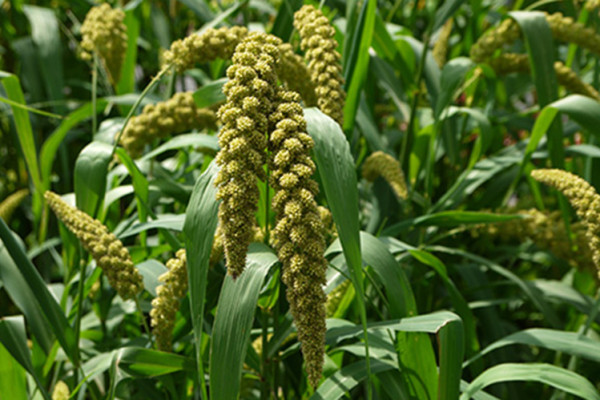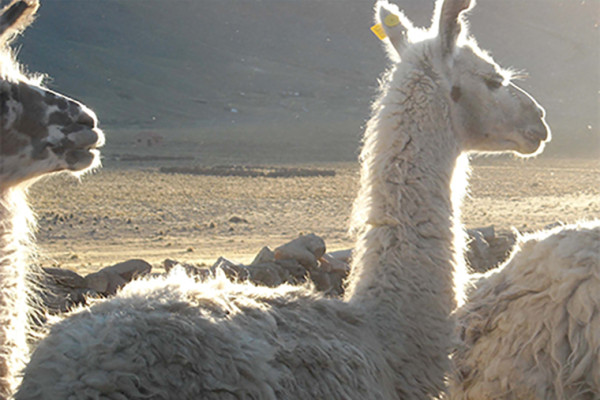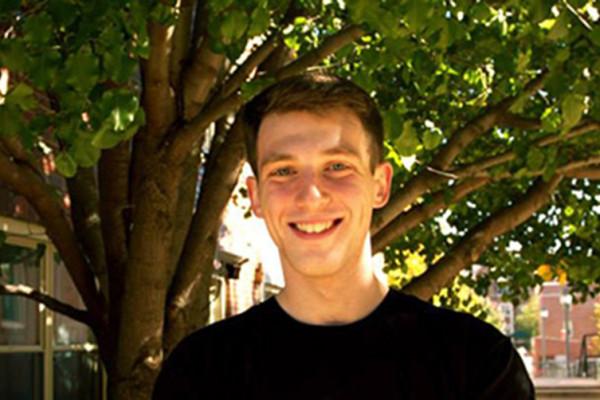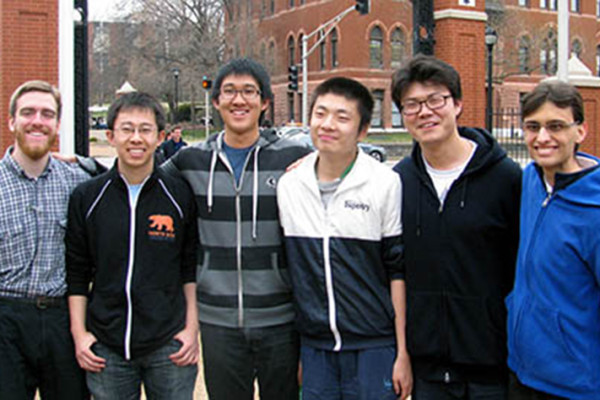WUSTL team wins People’s Choice Award at 2014 Rube Goldberg
The Green Machine designed by undergraduates at Washington University in St. Louis won the People’s Choice, second place and Best Single Step awards at the 2014 Rube Goldberg Machine Contest. The national competition was held at the Center of Science and Industry in Columbus, Ohio, earlier in April. Several of the students were also on the team that won first place last year.
More questions than answers as mystery of domestication deepens
A recent interdisciplinary conference that led to the publication of a special issue of PNAS on domestication raised more questions than it answered. Washington University in St. Louis scientists Fiona Marshall and Ken Olsen, who participated in the conference and contributed to the special issue, discuss some of the key questions that have been raised about this pivotal event in human history.
Danforth Fellowships in plant sciences announced
Chancellor Mark S. Wrighton has announced the creation of new four-year fellowships in the Division of Biology and Biomedical Sciences, made possible by a generous gift from William H. Danforth. Danforth hopes the new fellowships will attract highly motivated students to this field of study and foster a culture of intellectual entrepreneurship focused on research and innovation in plant sciences.
Genetic study tackles mystery of slow plant domestications
Did
domesticating a plant typically take a few hundred or many thousands of years? Genetic studies often indicate that domestication traits have a
fairly simple genetic basis, which should facilitate their rapid
evolution under selection. On the other hand, recent archeological
studies of crop domestication have suggested a relatively slow spread
and fixation of domestication traits. An article in “The Modern View of Domestication,” a special issue of PNAS, tries to resolve the discrepancy.
The story of animal domestication retold
A review of recent research on the
domestication of large herbivores for “The Modern View of
Domestication,” a special feature of PNAS, suggests that neither intentional
breeding nor genetic isolation were as significant as traditionally
thought.
Tinianow to receive 2014 Stalker Award
Alex Tinianow will receive this year’s Harrison D.
Stalker Award from the Department of Biology in Arts & Sciences at
Washington University in St. Louis. The award is given annually to a graduating biology
major whose undergraduate career combines outstanding scientific
scholarship with significant contributions in the arts and humanities.
WUSTL students shine in math competitions
A WUSTL team, consisting of sophomore Anthony Grebe, junior Patrick Lopatto and freshman Jongwhan Park, placed 10th out of 430 teams in the prestigious Lowell Putnam Mathematics Competition. WUSTL students also earned the first perfect score in the Missouri Collegiate Mathematics Competition.
A Q&A with planetary scientist Bill McKinnon
Bill McKinnon, PhD, professor of earth and planetary
sciences at Washington University in St. Louis, lists as his top research
interests the icy satellites of the outer solar system and the physics of
impact cratering. But he isn’t picky. If anything unusual and exciting is going
on anywhere in the solar system, he wants to know about it.
What’s so hard about counting craters?
The journal Icarus published a study this month that compared lunar crater counts by eight professionals with crowdsourced counts by volunteers. The professional crater counts varied by as much as a factor of two. Two of the professionals, both planetary scientists at Washington University in St. Louis, explain why they weren’t surprised.
Scientists find a molecular clue to the complex mystery of auxin signaling in plants
Plants fine-tune the response of their cells to the potent plant hormone auxin by means of large families of proteins that either step on the gas or put on the brake in auxin’s presence. Scientists at Washington University have learned that one of these proteins, a transcription factor, has an interaction region that, like a button magnet, has a positive and negative face. Because of this domain, the protein can bind two other proteins or even chains of proteins arranged back-to-front.
View More Stories
